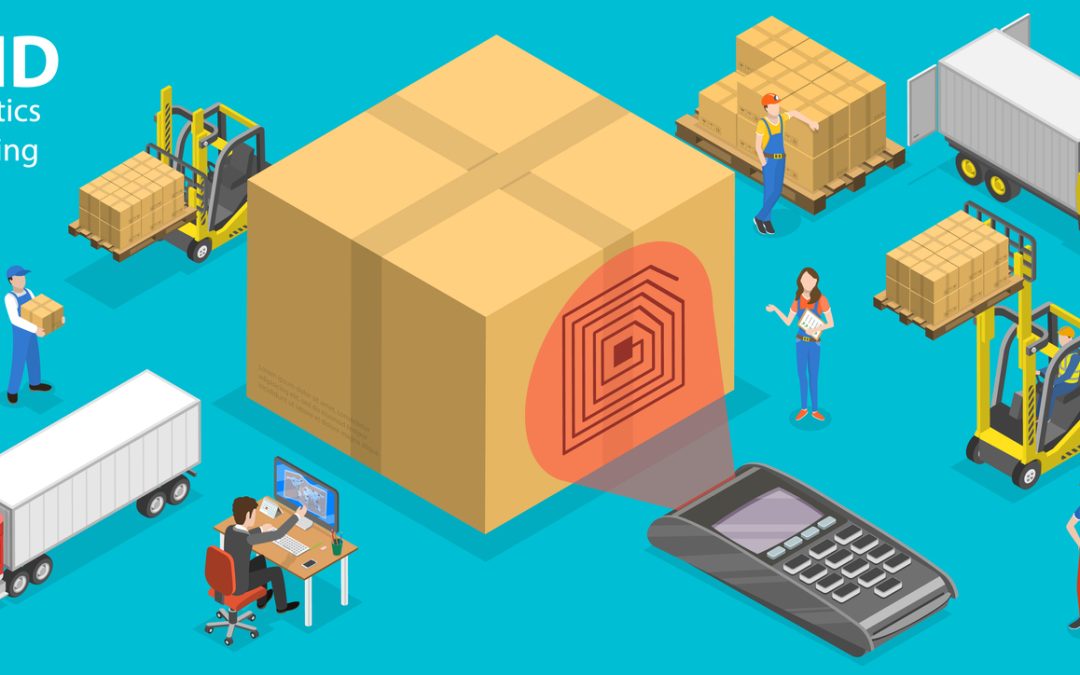In the fast-paced world of apparel retail, staying ahead of the competition is vital. The success of any retail business largely depends on the ability to offer the right products to the right customers at the right time. This requires efficient planning and allocation of merchandise to meet customer demands and maximize profits. RFID (Radio Frequency Identification) technology has emerged as a powerful tool to revolutionize how apparel retailers handle inventory management, planning, and allocation. This article will explore how RFID technology can enhance planning and allocation in the apparel retail industry.
Understanding RFID Technology
RFID technology is a wireless communication system that uses radio waves to identify and track objects with RFID tags. These tags contain unique identifiers that RFID readers can read and process. The technology has existed for several decades, but recent advancements have made it more affordable and practical for retail applications.
In apparel retail, RFID tags are attached to individual clothing items or product categories. These tags can be read at various points in the supply chain, including during manufacturing, distribution, and in-store processes. RFID technology provides real-time visibility into inventory levels, locations, and movement, offering retailers valuable insights that were previously difficult to obtain with traditional barcode-based systems.
Enhanced Inventory Accuracy
One of the significant advantages of RFID technology in apparel retail is its ability to provide accurate and real-time inventory information. Traditional barcode systems require line-of-sight scanning and are time-consuming, often leading to inventory inaccuracies due to human errors. In contrast, RFID allows multiple items to be scanned simultaneously, and the system updates the data instantly. This heightened accuracy ensures that retailers always clearly understand their inventory levels.
With RFID technology, retailers can conduct frequent and accurate stock counts, enabling them to identify discrepancies and take corrective actions promptly. This accurate inventory information forms the basis for better planning and allocation decisions, helping retailers optimize their stock levels and avoid stockouts and overstock situations.
Improved Demand Forecasting
Accurate demand forecasting is essential for successful planning and allocation in apparel retail. RFID technology can play a significant role by providing retailers valuable insights into customer behavior and preferences. When RFID tags are linked to customer loyalty programs or purchase histories, retailers can track which items are selling well and which are not. This data can be analyzed to identify trends and predict future demand more accurately.
Additionally, RFID technology can provide data on customer interactions with merchandise, such as how long an item remains on the shelf before purchase or if it is frequently tried on but not purchased. These insights can help retailers fine-tune their assortments and identify potential opportunities to boost sales.
Optimized Store Replenishment
RFID technology facilitates optimized store replenishment by streamlining the restocking process. When an item is sold, the RFID system automatically updates the inventory levels, triggering replenishment alerts when stocks reach predetermined thresholds. This automated process reduces the manual effort required for restocking and helps retailers maintain optimal store stock levels.
Moreover, RFID enables retailers to implement “smart” replenishment strategies based on real-time data. For example, suppose a specific item sells rapidly at one store location. In that case, the system can automatically redistribute inventory from other stores to meet the demand, ensuring that customers can find what they need regardless of the store they visit.
Enhanced Inventory Visibility
RFID technology offers apparel retailers improved visibility into their inventory throughout the supply chain. From the moment a garment is manufactured, tagged with an RFID tag, and shipped, its location and status can be monitored. This end-to-end visibility enables retailers to identify potential bottlenecks in the supply chain, optimize logistics, and reduce lead times.
Moreover, RFID technology allows for efficient tracking of merchandise at individual stores. Retailers can quickly locate specific items within their stores, eliminating the need for time-consuming manual searches. This improves the customer shopping experience and enhances store associates’ productivity.
Personalized Customer Experience
In the age of personalization, RFID technology empowers apparel retailers to deliver a more personalized shopping experience to their customers. By integrating RFID with customer loyalty programs or mobile applications, retailers can offer tailored recommendations and promotions based on a shopper’s past purchases or browsing history.
For instance, when a loyal customer enters a store, the RFID system can recognize them and send alerts to store associates with personalized recommendations for the customer. This level of personalization enhances customer engagement, increases brand loyalty, and ultimately drives sales.
Demand Forecasting through AI-driven RFID Insights
AI-driven RFID technology empowers apparel retailers to capitalize on predictive analytics and machine learning models. AI can generate highly accurate demand forecasts by leveraging historical sales data, customer behavior, and external factors such as weather and fashion trends. Retailers can then proactively adjust their planning and allocation strategies, ensuring the right products are available at the right locations and times, thus enhancing customer satisfaction and maximizing sales potential.
AI-Optimized Store Replenishment
With AI, RFID technology goes beyond providing automatic restocking alerts. AI algorithms can factor in various variables, such as historical sales patterns, customer preferences, and localized demand, to optimize store replenishment decisions. The system can adjust restocking quantities and frequencies based on real-time data, ensuring each store has the ideal inventory mix to meet customer demand.
Conclusion
In the exhilarating realm of apparel retail, where trends evolve at lightning speed and customer demands constantly shift, RFID technology and AI have emerged as the dynamic duo propelling businesses toward unparalleled success. With RFID tags seamlessly embedded in every garment, retailers can now effortlessly track inventory movements with utmost precision. This enables them to optimize their planning and allocation strategies, ensuring that the right products are available in the right place at the right time – a previously unattainable feat. But it doesn’t stop there; behold the tremendous power of artificial intelligence! By employing sophisticated algorithms capable of analyzing vast amounts of data collected by RFID systems, retailers can uncover invaluable insights into consumer behavior patterns, and preferences, and even predict future buying trends to stay ahead of the curve. The marriage between RFID technology and AI heralds an era where fashion mavens can make informed decisions swiftly while delivering personalized shopping experiences that keep customers coming back for more. It’s a thrilling fusion that revolutionizes how apparel retail operates – one tag at a time!

